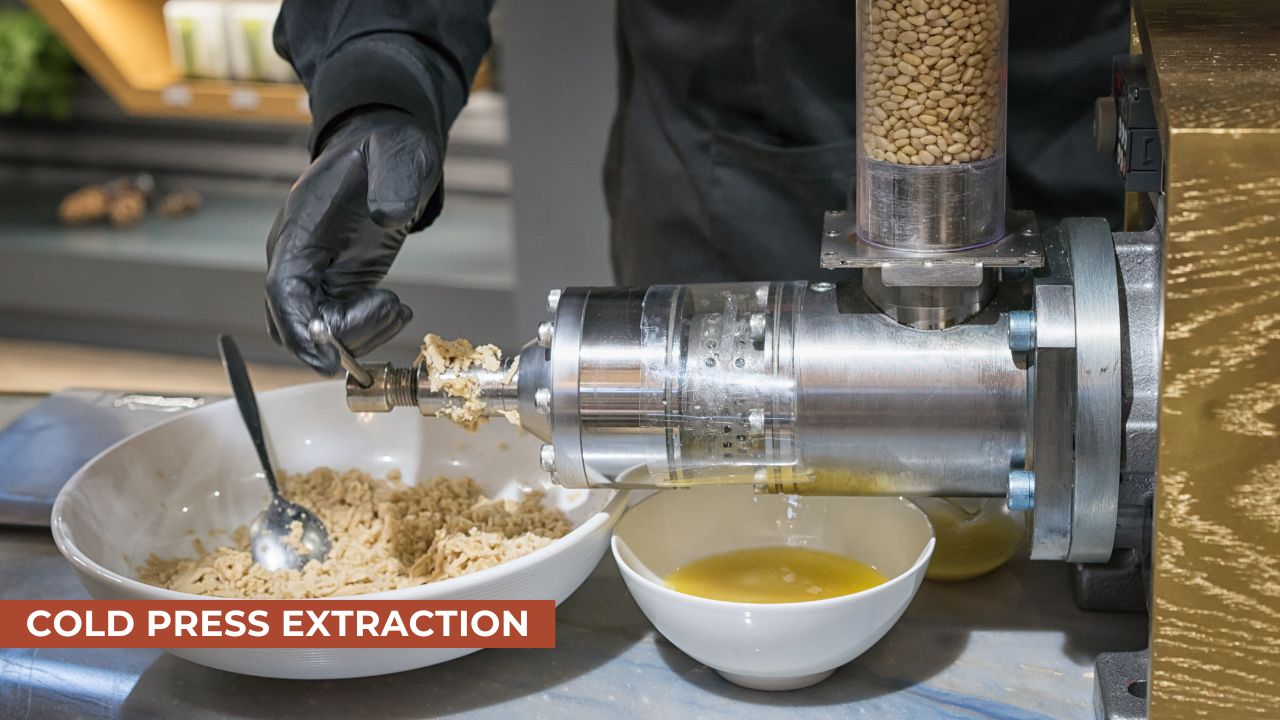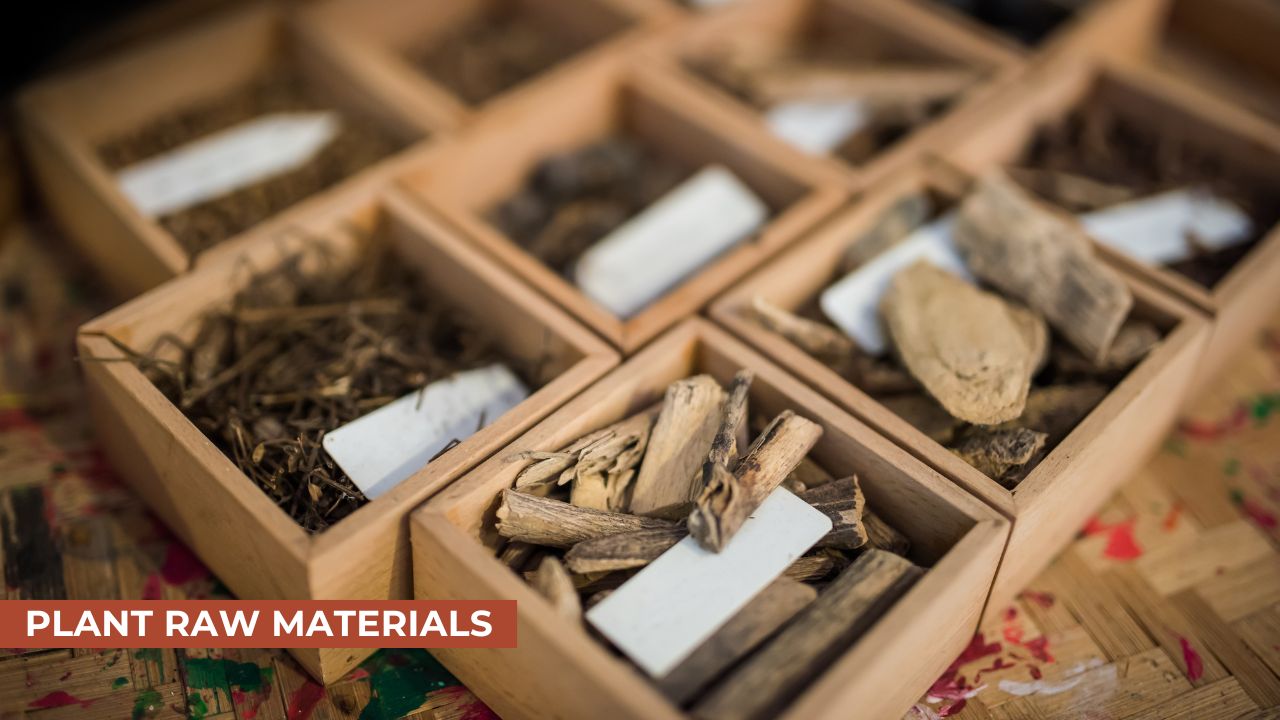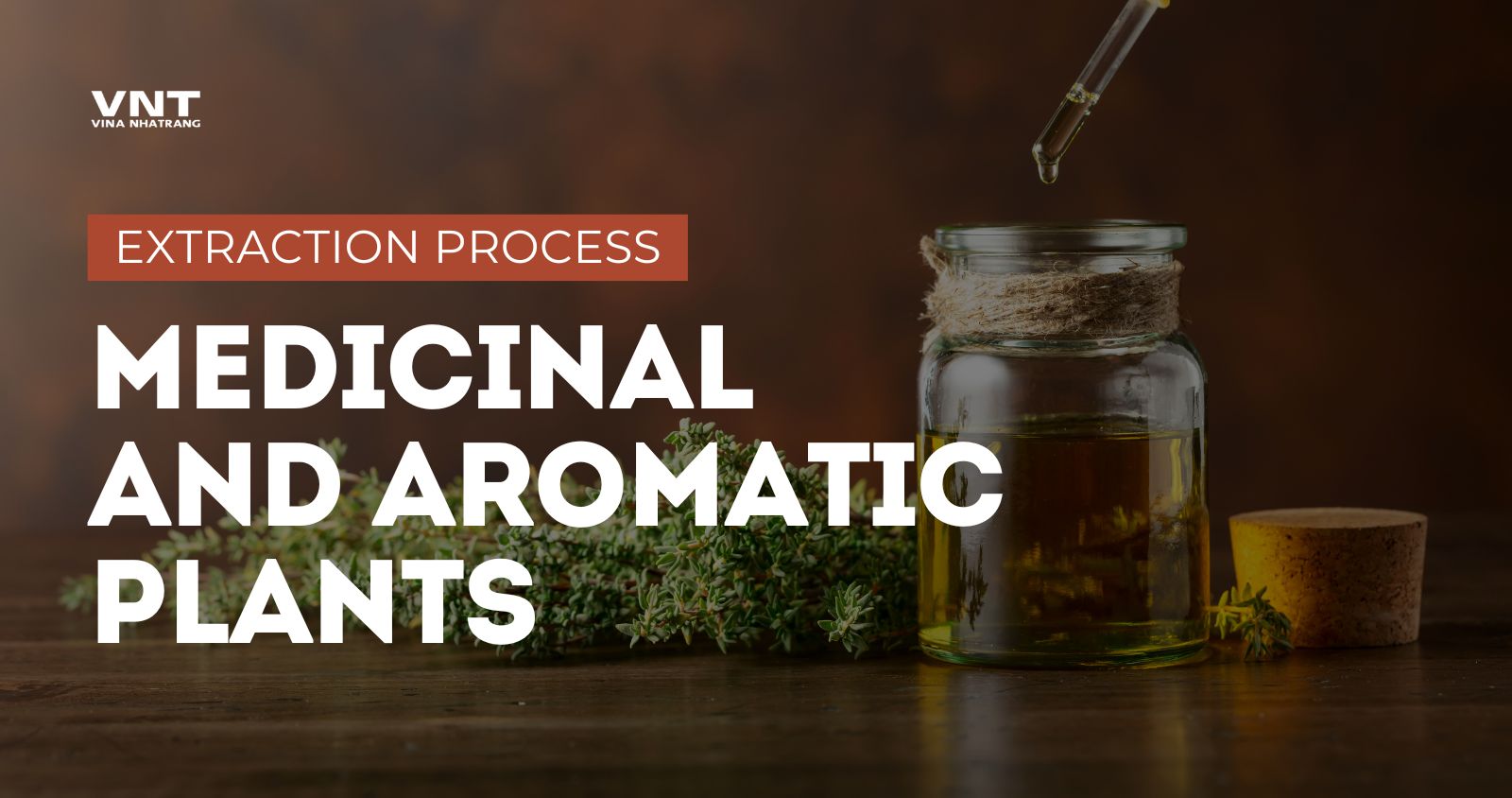Medicinal and aromatic plants have been utilized by humans for centuries, offering a wealth of natural compounds with diverse therapeutic and aromatic properties. With advancements in science and technology, the extraction of bioactive compounds from these plants has become more efficient and precise. These extracts are used in various sectors, including pharmaceuticals, cosmetics, nutraceuticals, and food products. The development of extraction technologies plays a crucial role in enhancing the quality, yield, and sustainability of plant-based products.
In this blog post, we will delve into the key extraction technologies used for medicinal and aromatic plants, the benefits and limitations of each method, and how these innovations are reshaping industries focused on plant-derived compounds.
The Importance of Extraction Technologies in the Modern World
Extraction technologies enable the isolation of active compounds from plants, allowing for the creation of concentrated, effective formulations. These compounds have applications in multiple industries such as:
- Pharmaceuticals: For the development of drugs and supplements
- Cosmetics: For skincare and beauty products
- Nutraceuticals: For functional foods and health products
- Food Industry: For flavors, colorants, and preservatives
In the past, simple methods like boiling or drying were used, but these could often result in the loss of volatile compounds and reduced efficacy. Today, the emphasis is on ensuring the preservation of the plant’s medicinal and aromatic qualities through advanced extraction technologies.
Commonly Used Extraction Methods for Medicinal and Aromatic Plants
A variety of extraction techniques are employed to isolate bioactive compounds from medicinal and aromatic plants. These methods vary in complexity, efficiency, and the types of compounds they are best suited to extract.
Steam Distillation
Steam distillation is one of the oldest and most widely used methods for extracting essential oils and other volatile compounds from plants. It works by passing steam through plant material, causing the volatile compounds to evaporate. These vapors are then condensed into a liquid phase, which can be separated into the essential oil and water-based hydrosol.
- Advantages: Simple, safe, and cost-effective for extracting essential oils.
- Limitations: May degrade sensitive compounds due to high temperatures.
Example Plants: Lavender, eucalyptus, peppermint, etc.

Solvent Extraction
Solvent extraction involves using organic solvents (e.g., ethanol, hexane, or acetone) to dissolve the bioactive compounds from plant material. After extraction, the solvent is evaporated, leaving behind the concentrated active ingredients.
- Advantages: Highly effective for extracting a wide range of compounds.
- Limitations: Solvents can leave behind residues that need to be removed, and the method can be time-consuming.
Example Plants: Ginseng, St. John’s Wort, and turmeric.
Cold Press Extraction
Cold pressing is typically used for citrus fruits and certain seeds. It involves mechanically pressing the plant material without using heat, preserving the aromatic properties of the oils.
- Advantages: Preserves the integrity of sensitive compounds.
- Limitations: Can only be used on specific plants like citrus fruits or seeds.
Example Plants: Orange, lemon, and lime.

Supercritical Fluid Extraction (SFE)
Supercritical Fluid Extraction is a modern technique that uses supercritical carbon dioxide (CO2) as the solvent. In this state, CO2 has both gas-like and liquid-like properties, which allows it to penetrate plant material and dissolve non-polar compounds, such as essential oils and other lipophilic compounds.
- Advantages: High purity of extracts, minimal thermal degradation, and environmentally friendly.
- Limitations: High setup cost and technical complexity.
Example Plants: Cannabis, black pepper, and vanilla.
Microwave-Assisted Extraction (MAE)
Microwave-assisted extraction uses microwave energy to generate heat within the plant material, breaking down cell walls and facilitating the release of bioactive compounds into the solvent. It is considered an efficient, time-saving method for extracting both polar and non-polar compounds.
- Advantages: Fast, energy-efficient, and high yield.
- Limitations: Requires specialized equipment and control of microwave energy levels.
Example Plants: Ginkgo biloba, ginger, and rosemary.
Ultrasound-Assisted Extraction (UAE)
Ultrasound-assisted extraction uses high-frequency sound waves to generate cavitation bubbles that cause cell disruption in plant material, leading to the release of bioactive compounds. It can be combined with solvents for better efficiency.
- Advantages: Fast extraction, low energy consumption, and high extraction yield.
- Limitations: Needs to be optimized for different plant materials.
Example Plants: Ginseng, aloe vera, and echinacea.
Factors Influencing Extraction Efficiency
The success of any extraction method is influenced by various factors, including:
Plant Material Type and Quality
Different parts of a plant (leaves, flowers, roots, stems, or seeds) contain different concentrations of bioactive compounds. The age, quality, and harvesting methods also play a significant role in the extraction yield.

Solvent and Temperature
The choice of solvent and extraction temperature significantly impacts the efficiency of the process. For example, ethanol may be preferred for extracting polar compounds, while hexane is used for non-polar compounds. Higher temperatures can speed up the process but may also lead to the degradation of heat-sensitive compounds.
Extraction Time
The duration of extraction affects both the yield and the quality of the extract. Extended extraction times can result in greater yields but might lead to the extraction of undesirable compounds, such as bitterness or astringency.
Applications of Extracts from Medicinal and Aromatic Plants
The bioactive compounds extracted from medicinal and aromatic plants serve as the foundation for a wide range of applications across various industries.
Pharmaceutical Industry
- Plant extracts are crucial in the development of medicines for treating various health conditions. The pharmaceutical industry relies on plant-derived compounds to produce antibiotics, anti-inflammatory drugs, and even cancer treatments.
Cosmetics and Skincare
- Essential oils and plant extracts are integral to the cosmetic industry. They are used in formulations for skin rejuvenation, anti-aging, and acne treatment. Popular plant extracts like aloe vera, chamomile, and tea tree oil have been shown to possess antimicrobial, soothing, and anti-inflammatory properties.
Nutraceuticals and Functional Foods
- Plant extracts are commonly incorporated into dietary supplements, functional foods, and beverages to promote health benefits. Extracts like turmeric (curcumin) and ginger are known for their anti-inflammatory and antioxidant properties.
Food Industry
- The food industry uses plant extracts for flavoring, coloring, and preserving foods. These extracts provide a natural alternative to synthetic additives, making them an attractive choice for health-conscious consumers.
Challenges and Future Trends in Plant Extraction
While extraction technologies have come a long way, there are still several challenges that researchers and industries face, including:
Environmental Impact
- Many traditional extraction methods use toxic solvents or large amounts of water, which can have negative environmental impacts. The future of extraction technologies will likely involve the development of greener methods that reduce waste and solvent use.
Standardization of Extracts
- Another challenge is ensuring the consistency and quality of plant extracts. Variability in plant material and extraction conditions can lead to inconsistencies in the final product. Advances in quality control and standardization are essential for producing reliable extracts.
Innovation and Automation
- The future of plant extraction will be shaped by innovation in automation, miniaturization, and the integration of new technologies like artificial intelligence. These developments will help optimize extraction processes, increase scalability, and reduce costs.
Conclusion
The extraction of bioactive compounds from medicinal and aromatic plants has evolved significantly over the years. Modern extraction technologies, such as supercritical fluid extraction, microwave-assisted extraction, and ultrasound-assisted extraction, offer a more efficient, sustainable, and precise means of obtaining valuable plant-based products. These innovations are not only transforming industries such as pharmaceuticals, cosmetics, and food but are also contributing to the global movement towards natural, sustainable ingredients.
As technology continues to advance, the future holds exciting possibilities for the extraction of even more potent and diverse plant compounds, unlocking new therapeutic and commercial potential.
FAQs
Q1: What are medicinal and aromatic plants?
Medicinal and aromatic plants are plants that contain bioactive compounds with therapeutic, aromatic, or flavoring properties. These plants are used in the production of medicines, essential oils, and other health products.
Q2: What is the most common method of extracting essential oils?
The most common method of extracting essential oils is steam distillation, where steam is passed through plant material to vaporize volatile compounds, which are then condensed and collected as oil.
Q3: What are the benefits of using supercritical fluid extraction (SFE)?
SFE offers high purity extracts, minimal thermal degradation of sensitive compounds, and is environmentally friendly because it uses CO2 instead of harmful solvents.
Q4: Can plant extracts be used for skin care?
Yes, many plant extracts, like aloe vera, chamomile, and lavender, have soothing, anti-inflammatory, and antimicrobial properties that make them ideal for skincare formulations.
Q5: How does ultrasound-assisted extraction (UAE) work?
Ultrasound-assisted extraction uses high-frequency sound waves to create cavitation bubbles, which disrupt the plant cells and release bioactive compounds into the solvent.
Q6: What challenges do the extraction technologies face?
The challenges include environmental concerns, the need for more efficient and sustainable methods, and the standardization of plant extracts to ensure consistent quality.




